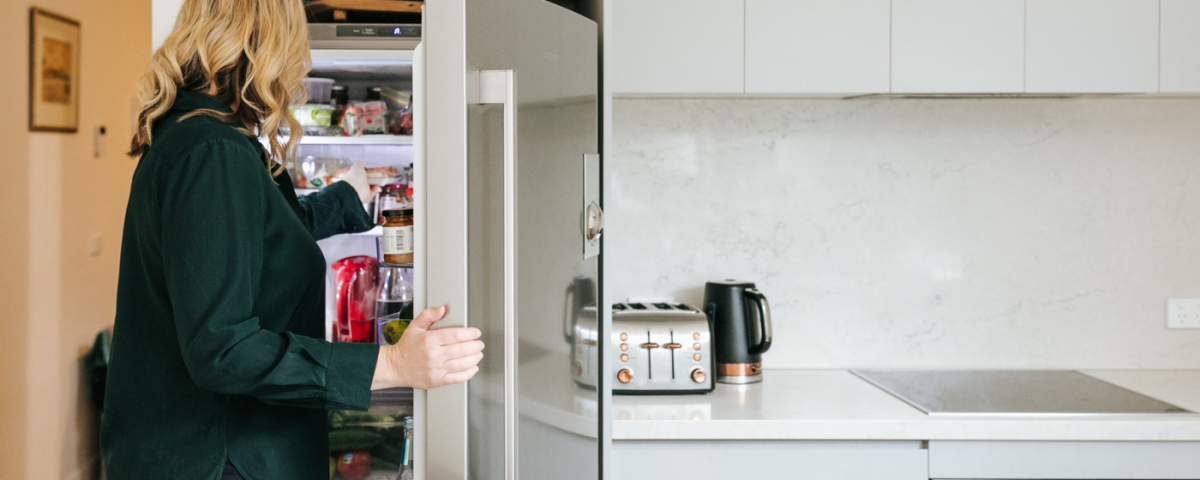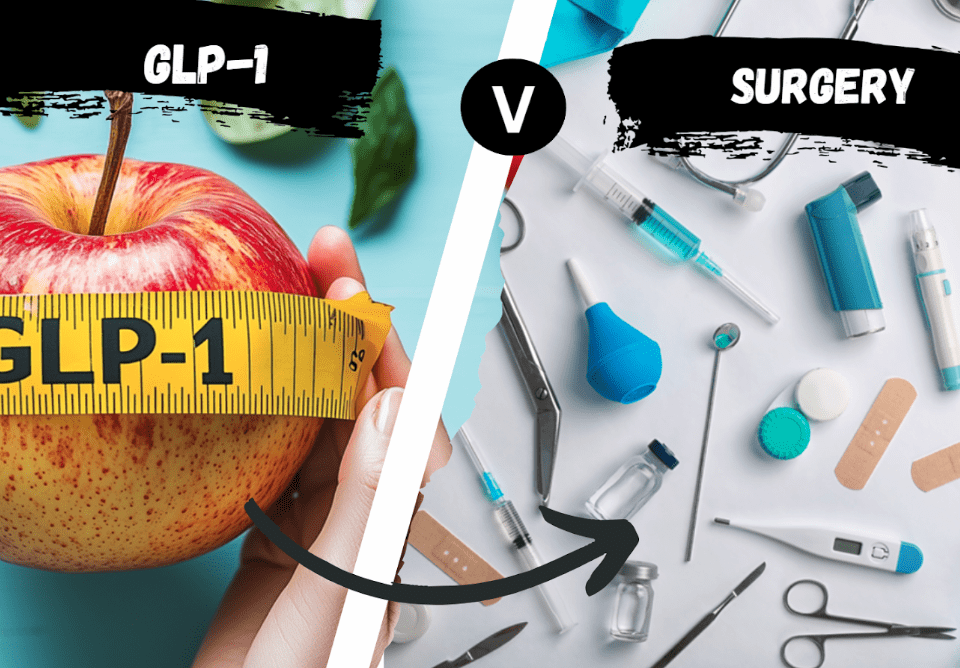
With the Winnett Specialist Group Psychologist, Georgie Beames.
-
Make mindfulness a habit
To eat mindfully, you need to eat deliberately, non-judgementally, and with full attention – not in front of a phone or TV. Sit down at a table rather than standing up, moving around, or having a phone conversation.
A systematic review of 18 studies on mindfulness and weight loss found that mindfulness is an effective strategy for weight loss. Being mindful of what you’re doing will also help you remember what you ate later.
-
Pay Lip Service to Your Food
“Bring the food slowly to your lips,” says Georgie. “Take small bites and chew slowly. Notice the taste, texture, and smell of each mouthful.”
Did you feel it dissolve on your tongue? Does chewing make a sound? Is it sticky and crunchy or smooth and velvety? How warm or cold does it feel? What colour is the food?
Georgie encourages you to use all your senses when eating. Appreciate the colours, tastes, aromas, and textures, as well as the sounds of your meal. As you chew, try identifying the ingredients in each bite.
-
Rate Your Hunger & Fullness
Tune in and rate your hunger levels on a scale of 1 to 10 (1 being ravenous and 10 being extremely full). It’s important to begin eating when your hunger is around a 4/10 and stop when you feel satisfied (not full) at around a 6 or 7 out of 10.
Georgie recommends checking your hunger and fullness levels between bites, paying attention to subtle cues of fullness, such as a feeling of pressure or tightness in the sternum, hiccups, sneezing, or a runny nose.
-
Chew each bite 20 times
“Chew each bite 20 times and savour it,” says Georgie. “Put your fork down between bites, giving yourself time to think about how full you feel.”

-
Give thanks
Before you start eating, and again when you finish, take a moment to express gratitude for the food in front of you. Acknowledge where it came from and appreciate its nourishing qualities.
-
Be a label detective
Before portioning and eating, spend some time reading food labels to understand exactly what you’re putting into your body.
-
Forget KJ math. Focus on Targets.
“Most people hate kilojoule counting more than Algebra,” says Georgie.
Rather than focusing solely on calories, she recommends aiming to meet your protein, fibre, and fluid goals. This helps break the dieting mentality that can negatively impact mental health.
“A food diary or app tracker is simple and helps keep you accountable. It does all the math for you, and quite often, you can just copy and paste foods from the day before as part of your meal planning.”
-
Listen to your body.
“There is a big difference between physical hunger cravings and emotional hunger cravings,” says Georgie. “It’s important to pause and identify whether your body truly needs food, or if it’s just craving food.”
So, what’s the difference between physical and emotional hunger?
“Physical hunger creeps on slowly and can be delayed, while emotional hunger is sudden, urgent, and thoughts of food become all-consuming,” explains Georgie.
“Physical hunger can be satisfied with many foods, whereas emotional hunger tends to focus on high carb, high fat, and sugary foods. Emotional hunger often brings feelings of guilt, which doesn’t happen with physical hunger.”
“With physical hunger, it’s quite easy to stop eating when full, but emotional or mindless eating often leads to eating again shortly after.”

-
Come to the table with an appetite, but not when ravenously hungry
Start with a small portion and use smaller plates instead of regular sized ones. “You can fool your brain in other ways too,” says Georgie. “For instance, try switching hands. If you’re right-handed, start eating with your left hand, and vice versa if you’re left-handed. You’ll notice how much more slowly you eat and how much extra effort it takes to use your knife, fork, or even pick up your glass of water.”
“We are creatures of habit,” Georgie adds. “You might sit in the same seat each time when you give in to your cravings. Try mixing up your environment by sitting in a different seat. And instead of eating directly from a bag of chips, put a few in a bowl and mindfully eat them. Savour them, enjoy them, and then move on with your day or night.”
-
Use a food diary or app to track what you’re eating
“Stick to your shopping list to avoid impulse buys,” advises Georgie. “Or, if you’re concerned about temptations, try ordering online to help you stick to your plan. Fill most of your cart in the produce section and avoid the centre aisles, which are often filled with processed foods.”
About Georgie Beames
Georgie has a core focus in emotional eating and weight loss and uses somatic stimulation techniques, mindfulness techniques, cognitive therapy as well as EMDR (Eye Movement Desensitisation and Reprocessing) in the treatment of weight loss, which has been used for many years in the treatment of addiction and for trauma patients.
If you have any questions or need support, you can book an appointment with Georgie through the Winnett Specialist Group by contacting us here or calling at (03) 9417 1555. Our team is ready to support you through every phase of your journey.

Georgie Beames
Psychologist



